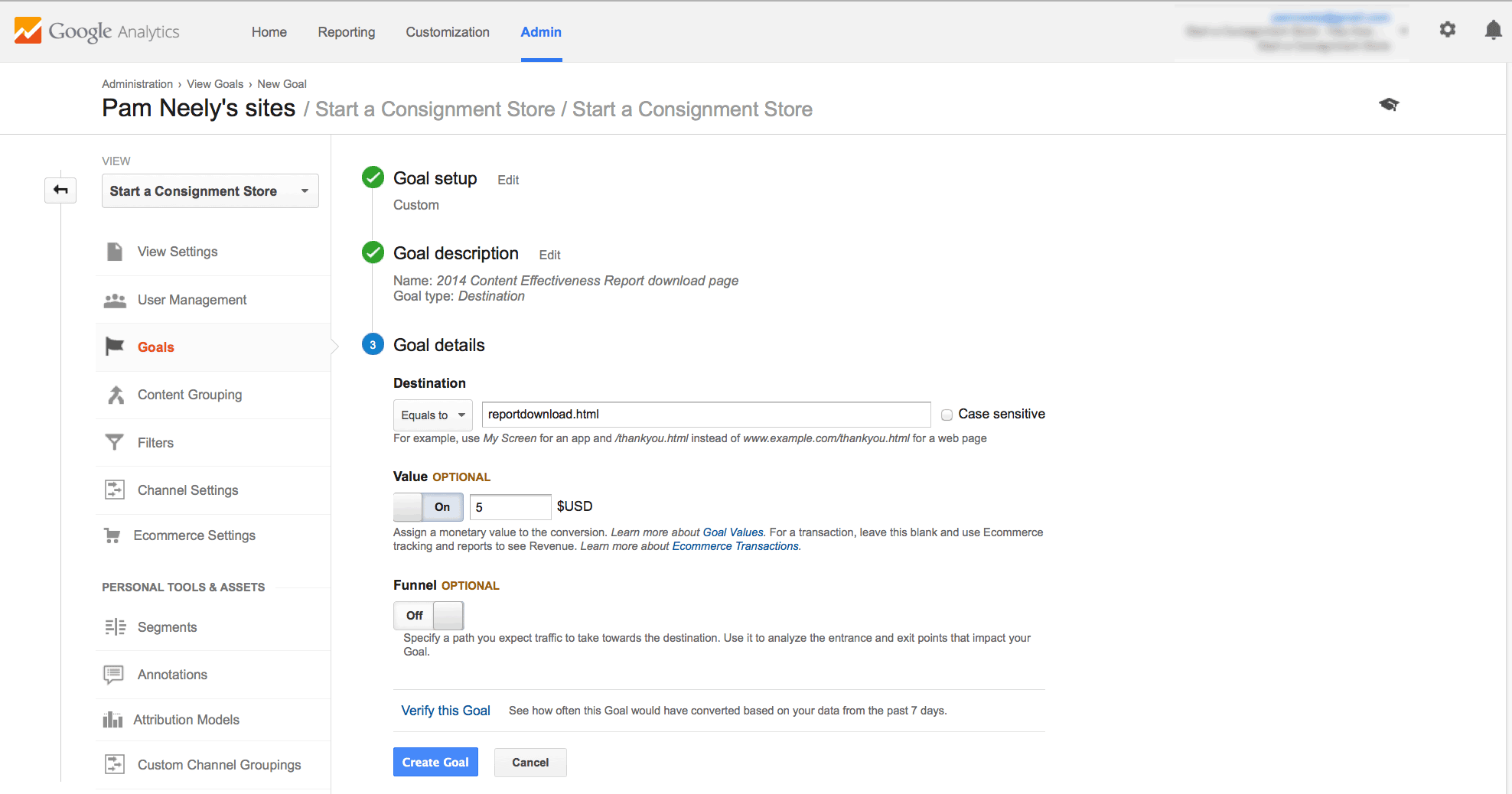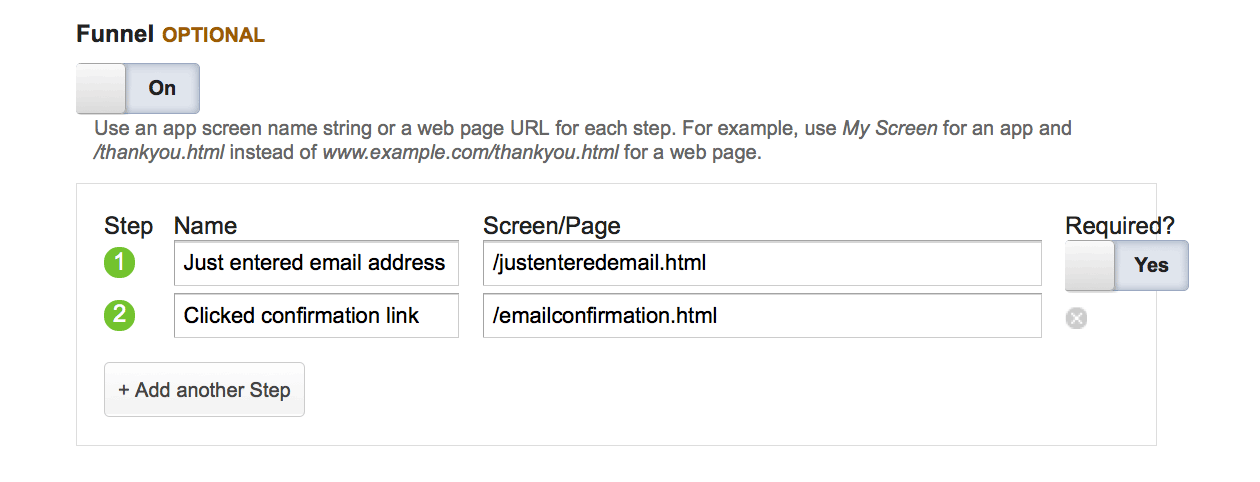Most marketers are optimists. We hear about how marketing tactics and strategies have worked for others, and we believe, or at least hope, they’ll work for us. The bad news is, though, they may not work. In fact, most of them don’t work. We’d be lucky (and rich) if even half of the marketing tactics we use were working as well we hope they do.
Why you’ll need Google Analytics
Surely you’ve heard the old quote from Henry Ford, the automaker: “I know only half of my advertising works. The problem is, I don’t know which half.” And Henry was lucky – he had a breakout product people were mad to have, in a time when there was far, far less advertising than there is now. And he was, after all, Henry Ford.
Even if you’re a hopeless optimist, it’s important to have proof your marketing efforts are working. Bosses like to see proof, as do investors and even ourselves in a fragile moment. Almost any entrepreneur will be gripped by worry or insecurity at some point, and it’s nice to have verifiable data to go back to in those moments, just to prove to yourself that what you’re doing is working, and you don’t have to panic, and you’re not about to fail.
There’s another happier reason to track your marketing efforts. Even if you are the exception, and most of what you try works, there’s always room for improvement. Getting a 30% opt-in rate on that landing page? Why not get a 40% opt-in rate? Got pages with less than a 60% bounce rate? Why not aim for less than 50%? Even the rock stars of marketing can improve… and it’s that focus on constant improvement that made most of them into rock stars in the first place.
So if tracking our marketing efforts is a good idea, how do we do that? Easy. All you need is a Google Analytics account (it’s free), and the knowledge of how to set up what are called “goals”.
Related: Guide to Email Marketing Metrics
What Analytics Goals can track
Google Analytics goals let you do all sorts of powerful things. You can track how many people:
- Viewed a specific page. This is good for email signups when you’re sending people to a final confirmation page.
- Triggered an event (like watching a video or interacting with an online tool)
- Stayed on your site for a specific length of time. This is helpful if you sell advertising, or if you want to test how to increase the engagement level of your site.
- Viewed more than one page on your site. This is a good way to see which efforts are reducing your bounce rate, for example.
Analytics goals will give you valuable insights about your website, like
- Which part of the world people come from when they take specific actions on your site. For instance, say you’re a retail brick and mortar chain with sites around Paris. You only want to be optimizing your site for visitors who can actually go to your stores. You wouldn’t want to optimize your site for visitors from, say, Canada, unless you get business from tourists.
- Which websites people are coming from to get to your site (and what they do when they’re there). This can be helpful for your guest blogging efforts. If you’ve got a goal set up on your site for tracking when someone subscribes to your email newsletter, then you’ll be able to see which guest blog posts resulted in the highest number of new email subscribers. This will give you valuable information about where to guest blog, and where to stop guest blogging.
- Which browsers visitors are using and other technical details about their Internet setup. To use the email signup example again, if you’re seeing an opt-in rate from desktop users of 4%, but the opt-in rate from mobile devices is only 1%, then clearly your opt-in forms need to be made more mobile-friendly, aka more “responsive”.
How to set up a goal in Google Analytics
One of the best things about goals is that they’re free to set up, and they’re also fairly easy to set up. Once you know what to do, it’s about a five-minute task to create a new goal. Here’s all you have to do:
1) Log into your Google Analytics account, then go to “Admin” in the top navigation row.

2) Then click “Goals” in the third column on the next page. Make sure the two columns to the left, titled “Account” and “Property” have the correct site selected.

3) Click the red “New Goal” button.

4) Choose which goal setup is correct for what you want to track.

I’m going to choose the “Custom” for this example, because I want to track how often visitors complete an email signup and download their free report. If they view the download page, that’s a completed goal (aka a “conversion”).
I could have chosen is “Media Play”, right above “Custom”, if I wanted to track who viewed a video on my site. If you wanted to track a different action, like if someone signed up for your affiliate program, you’d select “Become a partner” under the Revenue section.
5) Enter a goal description. Hint: Be nice to yourself. Make it something you’ll easily understand six months from now, and that you’ll be able to distinguish from other goals you might set up.

6) Specify what the download page is. Then (this is optional) define how much each download is worth to you. Take note that if your download page is
“http://yoursite.com/yourdownloadpage.html”, you’ll want to just enter “/yourdownloadpage.html” in this field. Don’t add the full URL or the goal won’t track properly.

If you want, you can also specify how much each action is worth to you. For example, if you know each email subscriber is worth $2 to you, then enter that in the value field and click it to be “on”. That $2 value will be reflected in many of your Google analytics reports going forward and can give you valuable information about where you’re earning money, and where you’re losing it.
Next, you can define the funnel – the series of pages people have to go through to get to the download page. This is optional (and more complicated) but it can give you some very interesting information. To use our example of tracking new email subscribers, if you were using double opt-in, you could use funnel steps to see how many people see
- The first page of your signup sequence, after they’ve entered their email address and clicked “submit”.
- The final confirmation page, after they’ve clicked the link in your confirmation email.
That would be a two-step funnel, which is pretty simple. It might look like this:

After your funnel information is filled out (if you choose to use a funnel), you can click “Verify this Goal” to see how many times your new goal has been completed in the last week.
7) Finally, click the blue “Create Goal” button. You’ll be brought back to the “View Goals” page of your Analytics account, where you can see all the goals you’ve created. If all went well, your goal will be included in that list, and will be marked that the recording is on.


Bonus Resource
In this guide, we’ve gathered 20 ideas how you can start optimizing your email campaigns.
Don’t stop there
Now you can see which of your marketing tactics will trigger this goal. In other words, you’ll be able to tell which marketing efforts are working, and which aren’t. Henry Ford would be jealous.
On top of that, if you want to step up your game with GA, you’ll definitely want to also learn how to use Google Analytics UTM parameters effectively.
So are you tracking your marketing results with Google Analytics goals, or maybe something else that’s of importance to you? Let us know in the comments.
